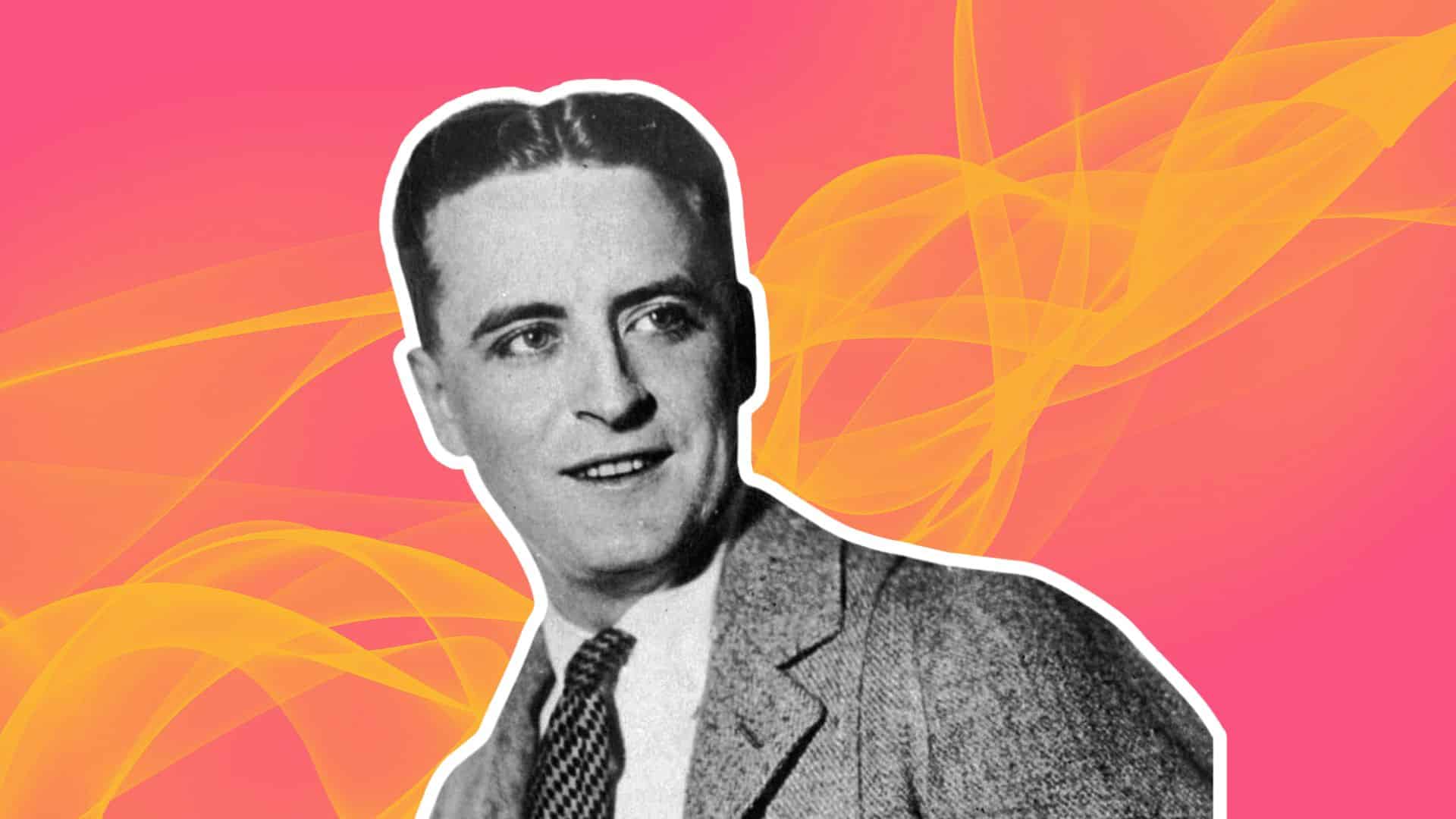Get ready to dive into the interesting world of F. Scott Fitzgerald, one of America’s most famous authors.
In this post, I’ll share over 50+ surprising facts about the man behind “The Great Gatsby” and other classic novels.
These tidbits come from years of research and my deep passion for Fitzgerald’s work. Did you know he named his daughter after an emperor? Or that he once jumped into a fountain fully clothed?
From his wild Jazz Age antics to his literary genius, we’ll explore the many sides of Fitzgerald.
So grab a cocktail (or a coffee), and let’s step back in time to the Roaring Twenties!
Early Life and Education
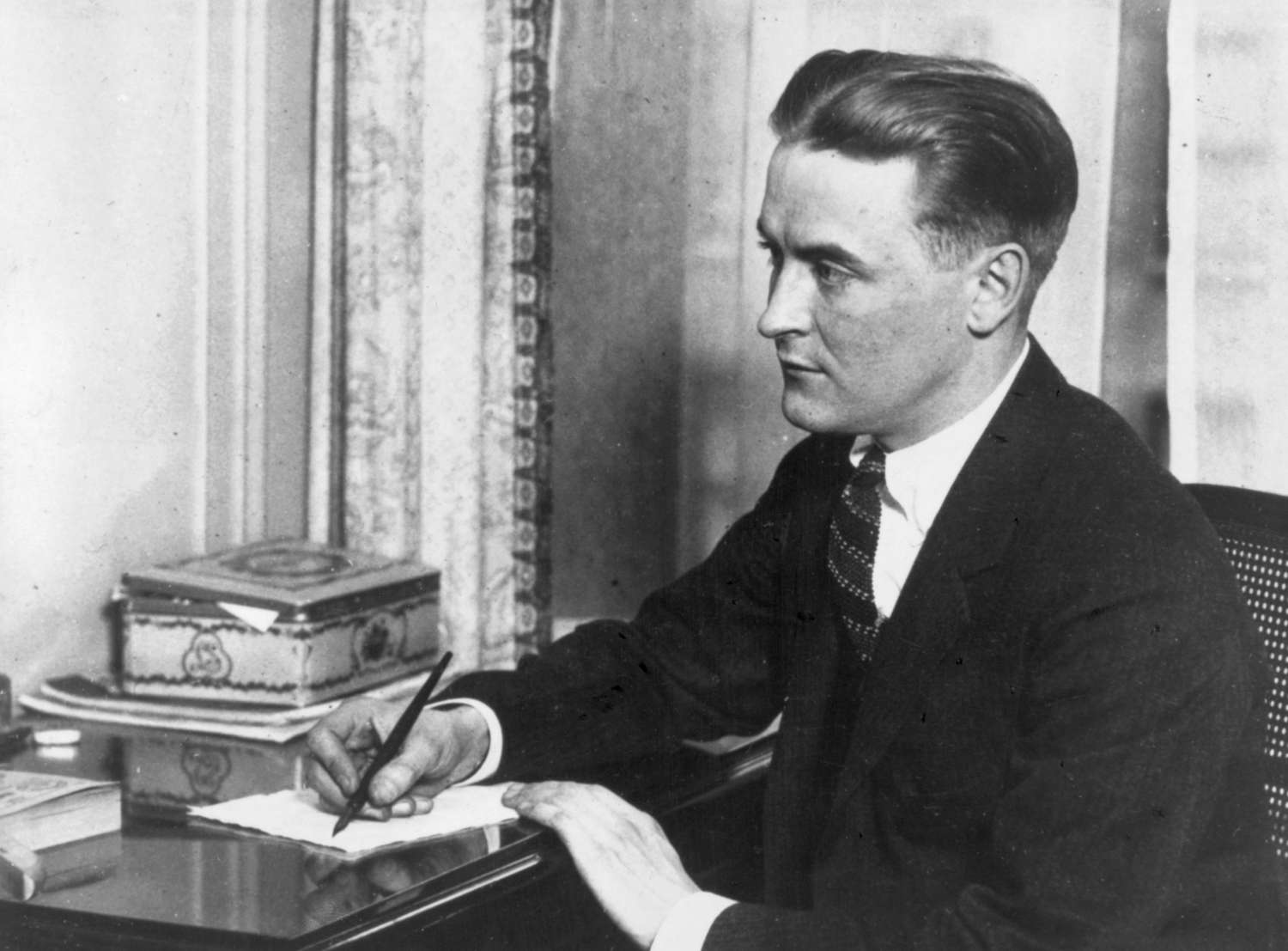
1. F. Scott Fitzgerald was born on September 24, 1896, in St. Paul, Minnesota. His full name was Francis Scott Key Fitzgerald, named after his second cousin thrice removed, who wrote the lyrics to the U.S. national anthem.
2. As a child, Fitzgerald lived in Buffalo, New York, where his father worked for Procter & Gamble. The family’s frequent moves due to his father’s job changes had a lasting impact on young Scott’s perception of social status.
3. At Princeton, Fitzgerald was part of the Triangle Club, a student-run musical theater group. He wrote the lyrics for three of their productions, showcasing his early talent for writing.
4. Fitzgerald’s first story, “The Mystery of the Raymond Mortgage,” was published in the school newspaper when he was just 13 years old. This early success fueled his passion for writing.
5. During World War I, Fitzgerald joined the U.S. Army in 1917 but never saw combat. He was stationed at Fort Leavenworth, Kansas, where he finished his first novel, “The Romantic Egotist,” which was rejected by publishers.
6. Before attending Princeton, Fitzgerald studied at the Newman School, a Catholic prep school in New Jersey. There, he met Father Sigourney Fay, who became a major influence on his literary ambitions.
Rise to Fame
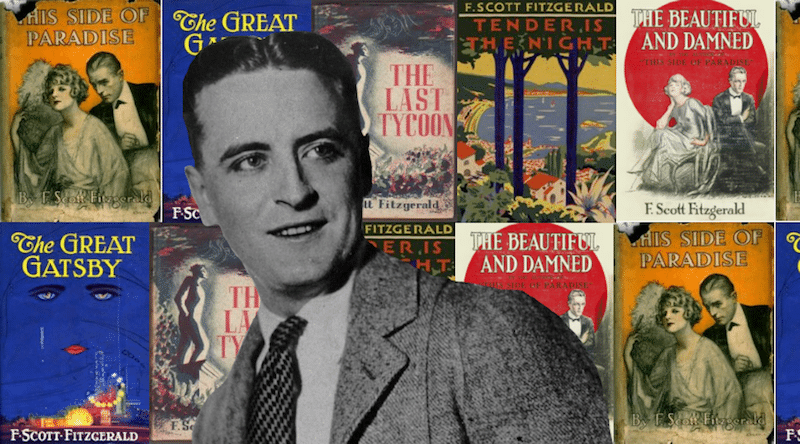
7. Fitzgerald’s first novel, “This Side of Paradise,” was accepted by Scribner’s in 1919 and published in 1920. The book’s success allowed him to marry Zelda Sayre, who had previously broken off their engagement.
8. “The Beautiful and Damned,” Fitzgerald’s second novel, was serialized in Metropolitan Magazine in 1921 before being published as a book in 1922. This work solidified his reputation as a chronicler of the Jazz Age.
9. Fitzgerald met Zelda Sayre at a country club dance in Montgomery, Alabama, while he was stationed there during World War I. Their tumultuous relationship would become the stuff of literary legend.
10. Zelda’s diary and letters were often incorporated into Fitzgerald’s work, sometimes word for word. This practice led to tensions in their relationship and debates about authorship.
11. The Fitzgeralds became known for their wild parties and extravagant lifestyle. They were often seen as the embodiment of the Roaring Twenties, with their antics making headlines in newspapers.
12. Fitzgerald’s early success made him the youngest writer ever published by Scribner’s. This achievement put him at the forefront of a new generation of American authors.
Key Works and Literary Style

13. “The Great Gatsby” was inspired in part by Fitzgerald’s experiences on Long Island’s North Shore. The lavish parties and mansions of the area served as a backdrop for the novel’s setting.
14. Fitzgerald’s writing often featured a blend of lyrical prose and sharp social commentary. His unique style captured both the glamour and the underlying emptiness of the Jazz Age.
15. “Tender is the Night” took Fitzgerald nearly a decade to complete. The novel drew heavily from his experiences with Zelda’s mental illness and their time in Europe.
16. Fitzgerald’s early works were sometimes criticized for their focus on the lives of the wealthy and privileged. However, this criticism overlooked his keen observations of social inequality.
17. In “The Great Gatsby,” Fitzgerald used the color green symbolically throughout the novel. The green light at the end of Daisy’s dock represented Gatsby’s hopes and dreams.
18. Fitzgerald was known for his meticulous editing process. He would often revise his work extensively, sometimes rewriting entire sections to perfect his prose.
Personal Struggles
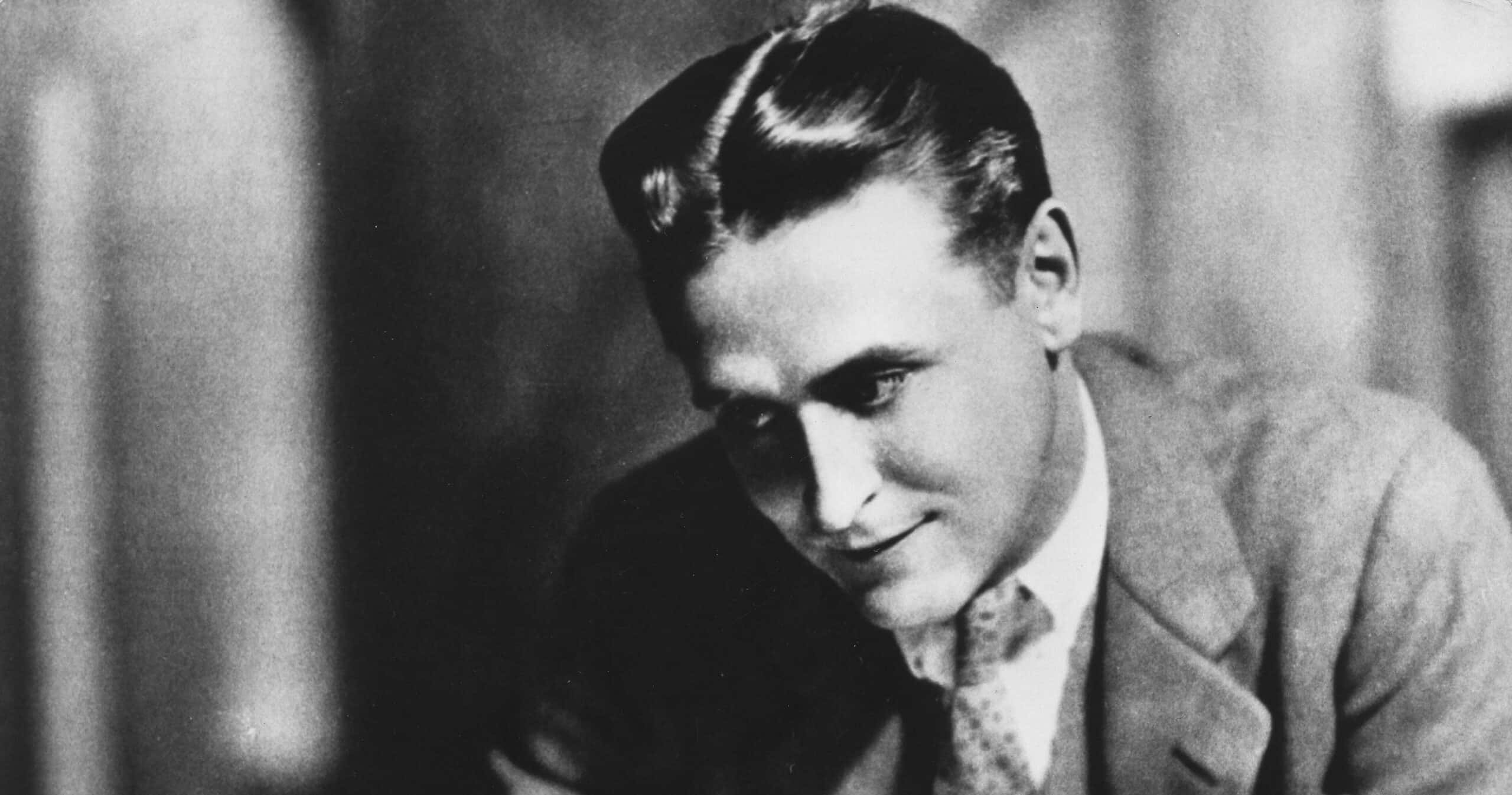
19. Fitzgerald’s drinking habits often interfered with his writing. He once said, “First you take a drink, then the drink takes a drink, then the drink takes you.”
20. Despite his early success, Fitzgerald often struggled financially. He frequently borrowed money from his literary agent and editor to maintain his lifestyle.
21. Zelda was diagnosed with schizophrenia in 1930. Her illness and lengthy hospitalizations had a profound effect on Fitzgerald’s emotional state and his work.
22. Fitzgerald’s time in Hollywood was marked by frustration. Despite his literary fame, he struggled to adapt to screenwriting and felt his talents were undervalued in the film industry.
23. The Fitzgeralds lived in France from 1924 to 1931. During this time, Scott wrote “The Great Gatsby” and became friends with other expatriate writers like Ernest Hemingway.
24. Fitzgerald’s health began to decline in the late 1930s due to years of heavy drinking. He suffered two heart attacks in the late 1930s, which forced him to curb his alcohol consumption.
Later Life and Legacy
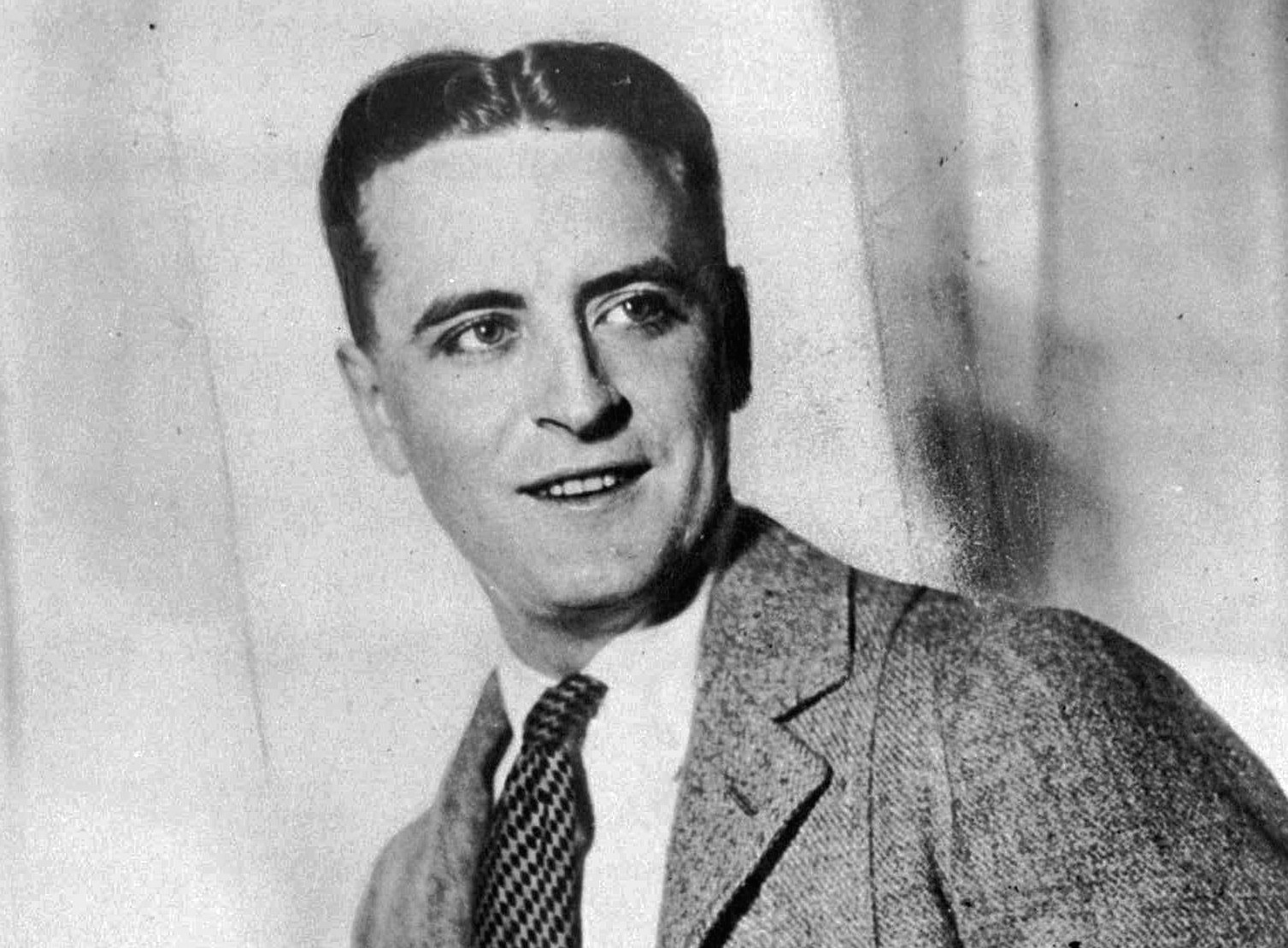
25. By the mid-1930s, Fitzgerald’s popularity had waned significantly. His later works, including “Tender is the Night,” were not as well-received as his earlier novels.
26. Fitzgerald moved to Hollywood in 1937 to work as a screenwriter for MGM. While there, he worked on various films, including “Three Comrades” and “Gone with the Wind.”
27. “Tender is the Night,” published in 1934, was initially met with mixed reviews. However, it has since been recognized as one of Fitzgerald’s most complex and mature works.
28. At the time of his death, Fitzgerald was working on “The Last Tycoon,” a novel based on his experiences in Hollywood. The unfinished work was published posthumously in 1941.
29. Fitzgerald died of a heart attack on December 21, 1940, at the age of 44. At the time of his death, he believed himself to be a failure, with “The Great Gatsby” out of print.
30. Fitzgerald’s funeral was attended by very few people, and initially, he was buried in Rockville Union Cemetery. It wasn’t until 1975 that he and Zelda were moved to the family plot at St. Mary’s Catholic Cemetery.
Posthumous Recognition
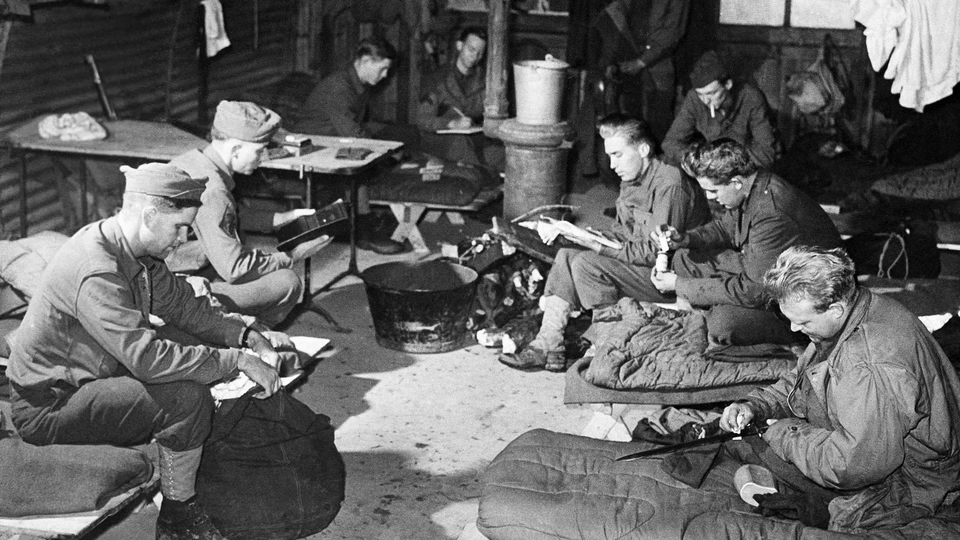
31. Interest in Fitzgerald’s work surged during World War II when his books were distributed to American soldiers, leading to a revival of his popularity.
32. “The Great Gatsby” has sold millions of copies since Fitzgerald’s death and is now considered a masterpiece of American literature. It regularly appears on lists of the greatest novels of the 20th century.
33. Fitzgerald’s style and themes have influenced countless writers, including J.D. Salinger, John O’Hara, and Jay McInerney.
34. Fitzgerald’s works, particularly “The Great Gatsby,” have become staples in high school and college literature courses across the United States and beyond.
35. There have been numerous adaptations of Fitzgerald’s works, including five film versions of “The Great Gatsby.” The most recent, starring Leonardo DiCaprio, was released in 2013.
36. The F. Scott Fitzgerald Society was founded in 1992 to promote the study of Fitzgerald’s life and works. The society organizes conferences and publishes a journal dedicated to Fitzgerald’s scholarship.
Interesting Personal Tidbits
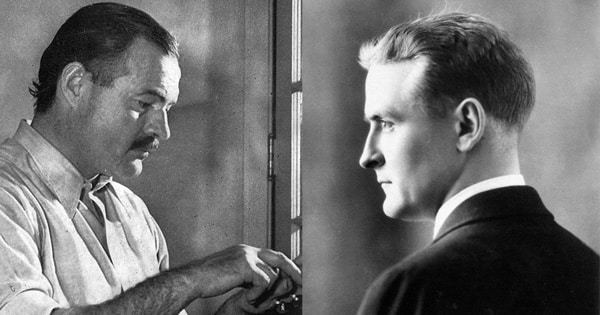
37. Fitzgerald was known for his impulsive behavior at parties. On one occasion, he jumped fully clothed into the fountain at the Plaza Hotel in New York City.
38. Fitzgerald’s friendship with Ernest Hemingway was complex and often competitive. Hemingway famously gave Fitzgerald advice on his writing and criticized his relationship with Zelda.
39. Fitzgerald had a lifelong fascination with automobiles. He owned several cars throughout his life, including a secondhand Rolls-Royce that he bought while living in Europe.
40. During their courtship and marriage, Fitzgerald and Zelda exchanged hundreds of letters. These letters provide insight into their relationship and the era in which they lived.
41. The Fitzgeralds were known for their extravagant spending habits. They once spent $30,000 in a single year – equivalent to over $400,000 today – despite Scott’s income being only $24,000.
42. Fitzgerald was a talented amateur artist. He often drew sketches and caricatures in the margins of his manuscripts and in letters to friends.
Cultural and Historical Impact
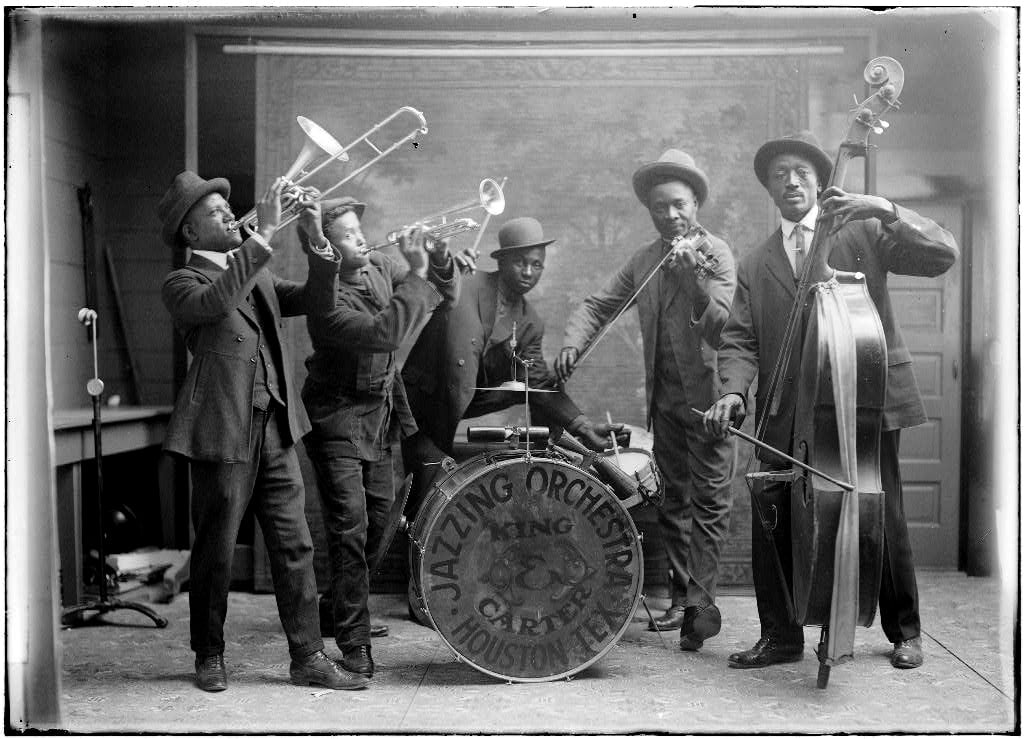
43. Fitzgerald is credited with popularizing the term “Jazz Age” to describe the 1920s. His writings helped define the era in the American cultural imagination.
44. Through his works, particularly “The Great Gatsby,” Fitzgerald explored and critiqued the concept of the American Dream, influencing how generations have understood this ideal.
45. Fitzgerald’s depiction of the Roaring Twenties has shaped how we view that era today. His vivid descriptions of parties, fashion, and social attitudes continue to influence our perception of the 1920s.
46. Many modern films and songs reference Fitzgerald’s work, particularly “The Great Gatsby.” His influence can be seen in everything from hip-hop lyrics to fashion trends.
47. Fitzgerald’s books continue to sell well today. “The Great Gatsby” alone sells hundreds of thousands of copies annually, demonstrating its enduring appeal.
48. The term “Gatsby-esque” has entered the English language, often used to describe lavish displays of wealth or extravagant parties, showing Fitzgerald’s lasting impact on popular culture.
Fun and Surprising Facts
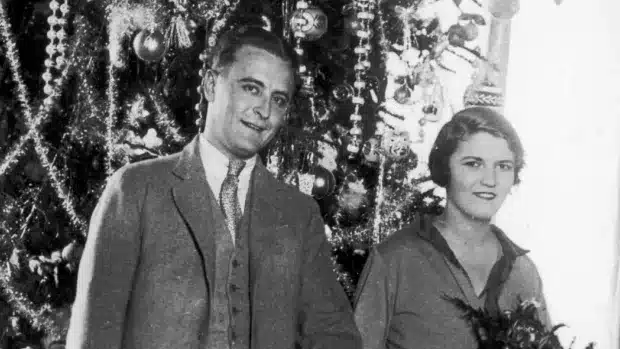
49. Fitzgerald wrote 164 short stories in his lifetime. Many of these were published in popular magazines and helped support his lifestyle between novels.
50. In 1927, Fitzgerald had a brief stint as an actor, appearing as a reporter in a short promotional film for “The Great Gatsby.” Unfortunately, no copies of this film are known to exist today.
51. Fitzgerald was a dedicated fan of Princeton football. He attended games regularly, even after leaving the university, and often incorporated references to the team in his writing.
52. The house where Fitzgerald was born in St. Paul, Minnesota, is now a National Historic Landmark. It has been restored to its 1897 appearance and is open for tours.
53. Fitzgerald once worked as a car-roof repairman to support himself while revising “This Side of Paradise.” He lasted only one day on the job before quitting.
54. Fitzgerald’s middle name, “Scott,” was not a family name but was chosen because his mother liked the sound of it. It later became the name by which he was known professionally and personally.
Conclusion
There you have it – over some extraordinary facts about F. Scott Fitzgerald!
From his early days in Minnesota to his lasting impact on American literature, we’ve explored the life of this remarkable author.
Fitzgerald’s journey wasn’t just about writing great novels. It was a rollercoaster of highs and lows, filled with love, struggle, and creativity. His story reminds us that even legendary figures face challenges.
What surprised you most about Fitzgerald? Perhaps his wild party antics or his enduring influence on pop culture? I’d love to hear your thoughts!
If you’re inspired to dive deeper into Fitzgerald’s world, why not pick up “The Great Gatsby” or another of his classics?
Happy Reading!
